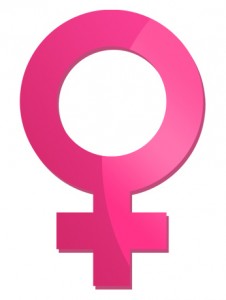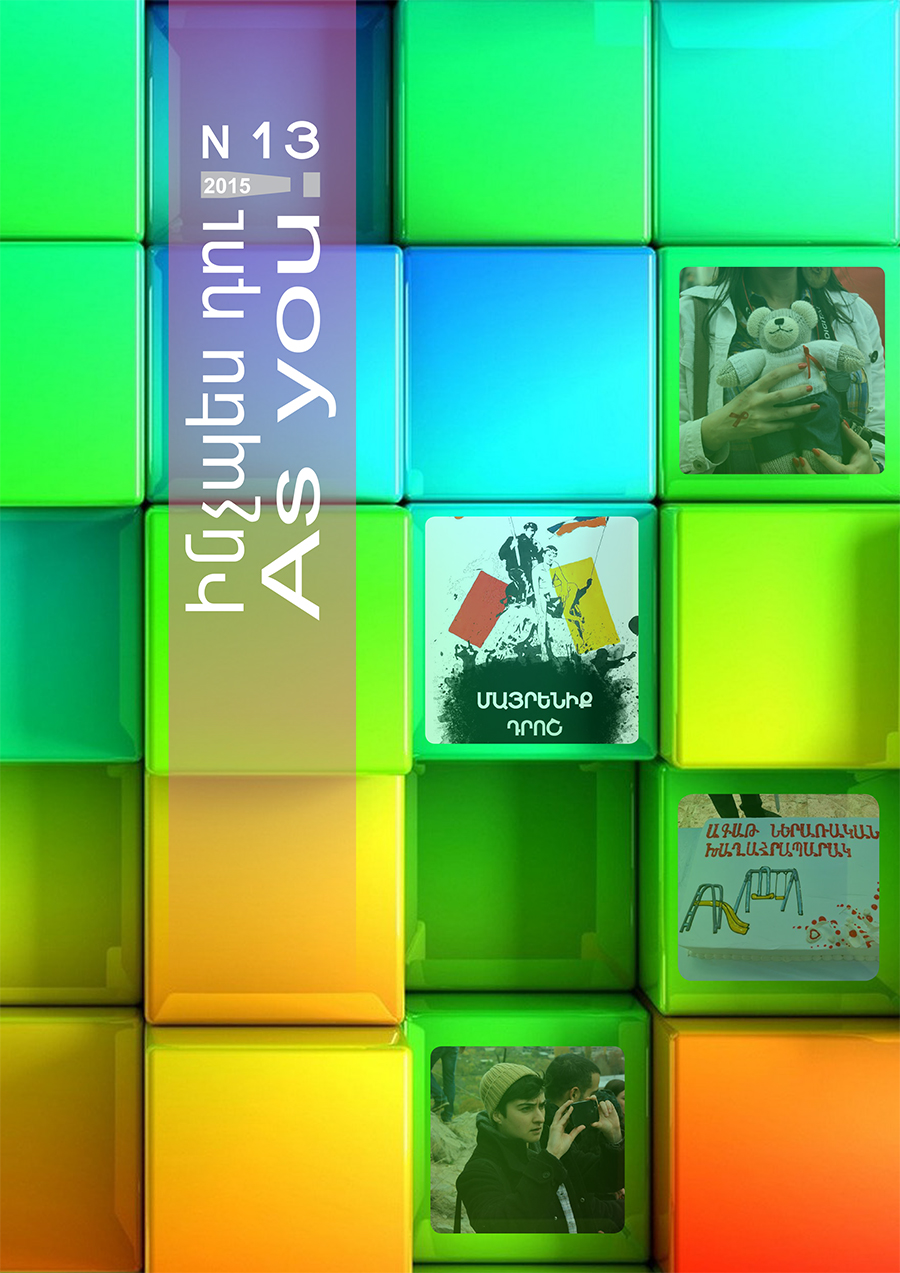 Discrimination is often defined as biased or different behavior toward a person or a group based on certain real or perceived characteristics such as age, religion, sexuality, sex, gender, ethnicity, etc. It is usually used legally or within a legal discourse that seeks to correct the differential behavior toward a group. This legal form of struggle works to correct usually negative, but sometimes even preferential, behavior through passing legislation, pressing legal charges or pointing out how the law is unjust. However, for many years now, the idea of discrimination as a viable platform to make social change has been criticized by feminist theorists and many others. In this article I will be discussing double discrimination and how it allows us to see how discrimination, which applies to one case or one act or to a defined group, is not always able to show what I will be calling systematic social inequality.
Discrimination is often defined as biased or different behavior toward a person or a group based on certain real or perceived characteristics such as age, religion, sexuality, sex, gender, ethnicity, etc. It is usually used legally or within a legal discourse that seeks to correct the differential behavior toward a group. This legal form of struggle works to correct usually negative, but sometimes even preferential, behavior through passing legislation, pressing legal charges or pointing out how the law is unjust. However, for many years now, the idea of discrimination as a viable platform to make social change has been criticized by feminist theorists and many others. In this article I will be discussing double discrimination and how it allows us to see how discrimination, which applies to one case or one act or to a defined group, is not always able to show what I will be calling systematic social inequality.
Double discrimination is when a person or a group is targeted for more than one form of discrimination. An example of this in Armenia would be a lesbian woman who would be vulnerable to oppression as a woman and as a lesbian. While women in Armenia have all kinds of difficulties – pressure to get married, pressure from husbands, sometimes strictness from parents that shelters them more than their brothers, discrimination in finding jobs because of the assumption that once they get married or have children they will quit, etc. – being lesbian has its own difficulties as well. However, when the person is not just a woman, but also a lesbian, she may face double discriminations, sometimes in very complicated ways where separating which “characteristic” was discriminated against is hard to tell. Was it because of her being a woman or was it because of her being a lesbian? The case of the firebombing of DIY is an example of this. But here, of course, there were many other issues involved – Tsomak Oga was also an activist, punk musician, etc. Legal American scholar Kimberly Crenshaw has created a term for this process. She calls it intersectionality. Intersectionality is when various aspects of identity intersect into one person’s life and experience. These aspects cannot be separated and create oppressions that are difficult to define clearly as either the cause of this or that characteristic.
Another important thing to note here is that not all women are within the same relation to power. In other words, not all women are affected by the government, economic and social institutions (like the family) and are not treated the same. The example I brought up above – about lesbian women – for example, shows us that not all women in Armenia have the same experience. When a woman is categorized as part of another social group, like homosexuals, she is treated differently in many respects. Tsomak Oga’s case is an extreme version of this. Experiences of all women can never be lumped together as one experience. Each woman, because of her ethnicity, class, educational background, marital status, sexual orientation, etc. – is marked differently. We cannot talk about all women as if they all experience the world the same – or as if the world treats them all the same. Double discrimination, which we can think of as intersectionality – the way various oppressions intersect to create one very complex system of oppression – is an important tool to think about these complex relations among social characteristics and their relation to oppression or social inequality.
However, intersectionality shows that the concept of discrimination is flawed: oppression or injustice is not easy to point out directly with one case or with one characteristic that has been targeted. There are many forms of oppression in Armenian society that cannot be thought through the framework of discrimination. Discrimination is generally focused on a case through which one can say, “I was discriminated against because I am…” Here, one can point to a particular case and the reason for the case taking place – both of which are clear and singular. In this framework how are we to understand the complicated questions of the oppression of women in Armenia? For example, how can we think about the question of why there are so few women representatives in the National Assembly? It is not against the law for women to run for office and it is not even discouraged. Actually, there are quota laws that encourage women to run for political office. So, why are there still so few women in politics? Here, the concept of systematic social inequality becomes very important to locate the various and complex system of reasoning for why women are not going into political office. Systematic social inequality takes into consideration ideological and social pressures where the idea that a person is less capable, not worthy or any other social behavior that is attributed to a characteristic – like “woman” – is internalized. Therefore, women in Armenia will often (but not always) claim that politics is for men and women are not made for it. This should and indeed is regarded as systematic oppression. However, the framework of discrimination cannot see it as unjust because it is not about a particular case. Rather, the issue of women not desiring to go into politics is a systemic problem – a problem in which women face all kinds of ideological pressures and in order to desire or believe that they are capable they must work against all of these.
To summarize, double discrimination and intersectionality are very important tools in critical thought. They make it possible to see the roots of social inequality and also allow us to reveal the systems that keep oppressive mechanisms in place. Discrimination is still a very important strategic framework to battle certain cases. However, in order to not lose sight of the bigger struggle against social inequalities – we must look towards all of those other forms of oppression that are hidden and therefore have easier, and deeper, control over our lives.
Tamar Shirinyan



